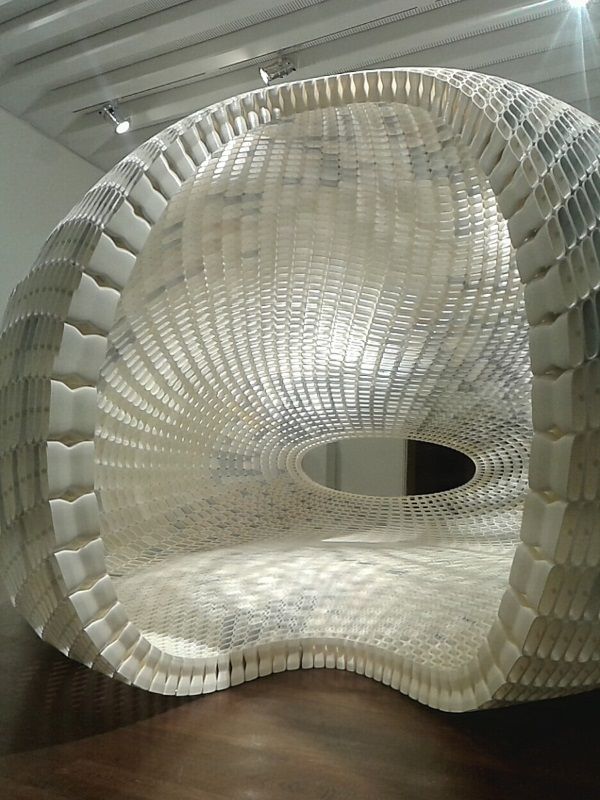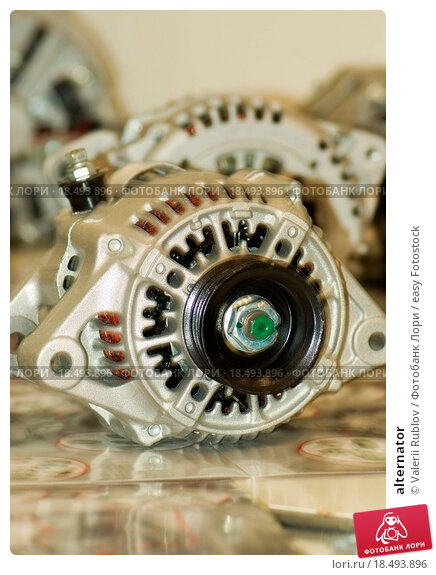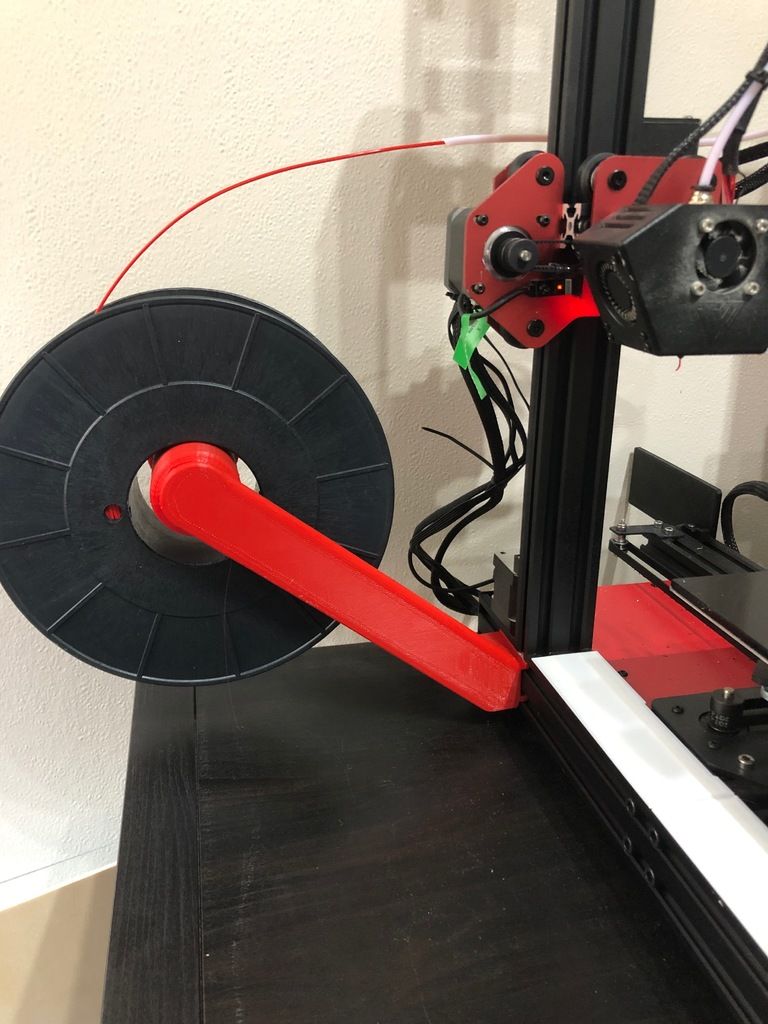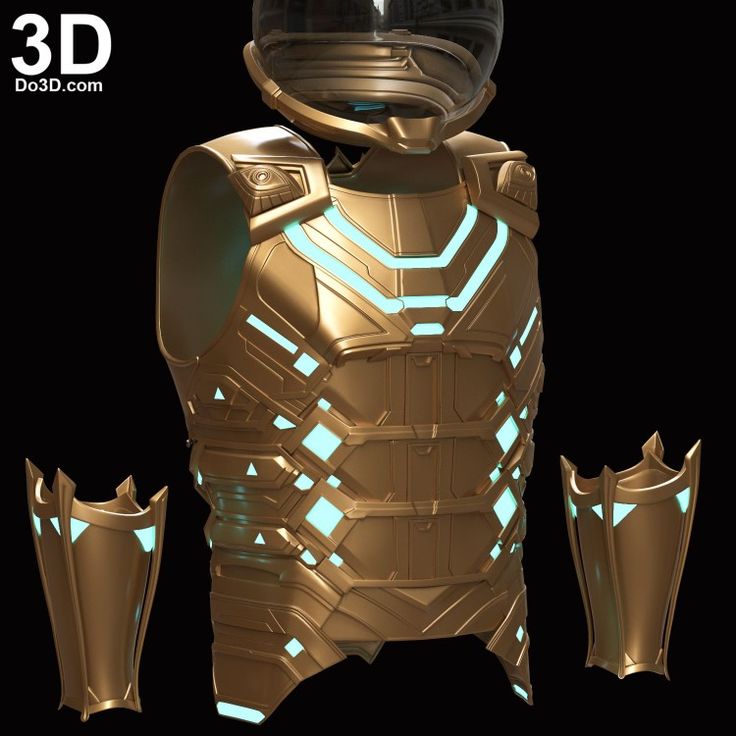3D printing moon base
Building a lunar base with 3D printing
Enabling & Support31/01/2013 146395 views 489 likes
Setting up a lunar base could be made much simpler by using a 3D printer to build it from local materials. Industrial partners including renowned architects Foster + Partners have joined with ESA to test the feasibility of 3D printing using lunar soil.
“Terrestrial 3D printing technology has produced entire structures,” said Laurent Pambaguian, heading the project for ESA.
“Our industrial team investigated if it could similarly be employed to build a lunar habitat.”
Foster + Partners devised a weight-bearing ‘catenary’ dome design with a cellular structured wall to shield against micrometeoroids and space radiation, incorporating a pressurised inflatable to shelter astronauts.
A hollow closed-cell structure – reminiscent of bird bones – provides a good combination of strength and weight.
1.The base’s design was guided in turn by the properties of 3D-printed lunar soil, with a 1.5 tonne building block produced as a demonstration.
“3D printing offers a potential means of facilitating lunar settlement with reduced logistics from Earth,” added Scott Hovland of ESA’s human spaceflight team.
“The new possibilities this work opens up can then be considered by international space agencies as part of the current development of a common exploration strategy.”
Multi-dome base being constructed“As a practice, we are used to designing for extreme climates on Earth and exploiting the environmental benefits of using local, sustainable materials,” remarked Xavier De Kestelier of Foster + Partners Specialist Modelling Group. “Our lunar habitation follows a similar logic.”
The UK’s Monolite supplied the D-Shape printer, with a mobile printing array of nozzles on a 6 m frame to spray a binding solution onto a sand-like building material.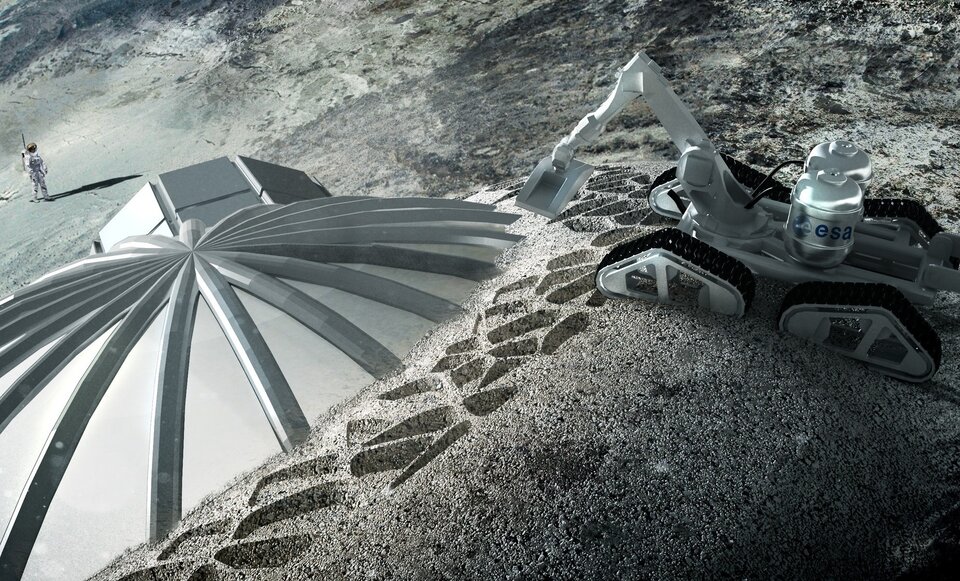
3D ‘printouts’ are built up layer by layer – the company more typically uses its printer to create sculptures and is working on artificial coral reefs to help preserve beaches from energetic sea waves.
“First, we needed to mix the simulated lunar material with magnesium oxide. This turns it into ‘paper’ we can print with,” explained Monolite founder Enrico Dini.
“Then for our structural ‘ink’ we apply a binding salt which converts material to a stone-like solid.
“Our current printer builds at a rate of around 2 m per hour, while our next-generation design should attain 3.5 m per hour, completing an entire building in a week.”
3D-printed lunar base designItalian space research firm Alta SpA worked with Pisa-based engineering university Scuola Superiore Sant’Anna on adapting 3D printing techniques to a Moon mission and ensuring process quality control.![]() The effect of working in a vacuum was also assessed.
The effect of working in a vacuum was also assessed.
“The process is based on applying liquids but, of course, unprotected liquids boil away in vacuum,” said Giovanni Cesaretti of Alta.
“So we inserted the 3D printer nozzle beneath the regolith layer. We found small 2 mm-scale droplets stay trapped by capillary forces in the soil, meaning the printing process can indeed work in vacuum.”
3D-printed sculptureSimulated lunar regolith is produced for scientific testing by specialist companies, typically sold by the kilogram. But the team required many tonnes for their work.
“As another useful outcome, we discovered a European source of simulated lunar regolith,” added Enrico.
“Basaltic rock from one volcano in central Italy turns out to bear a 99.8% resemblance to lunar soil.”
“This project took place through ESA’s General Studies Programme, used to look into new topics,” Laurent commented.
“We have confirmed the basic concept, and assembled a capable team for follow-on work.”
Lunar south poleFactors such as controlling lunar dust – hazardous to breathe in – and thermal factors will require further study.
3D printing works best at room temperature but over much of the Moon temperatures vary enormously across days and nights lasting two weeks each. For potential settlement, the lunar poles offer the most moderate temperature range.
Thank you for liking
You have already liked this page, you can only like it once!
NASA's Artemis Project Will Include a 3D Printed Lunar Bunker
3D printing news News NASA’s Artemis Project Will Include a 3D Printed Lunar Bunker
Published on July 15, 2022 by Madeleine P.
NASA is once again turning to 3D printing to help it in its upcoming Artemis Mission, this time through a collaboration with AI Space Factory.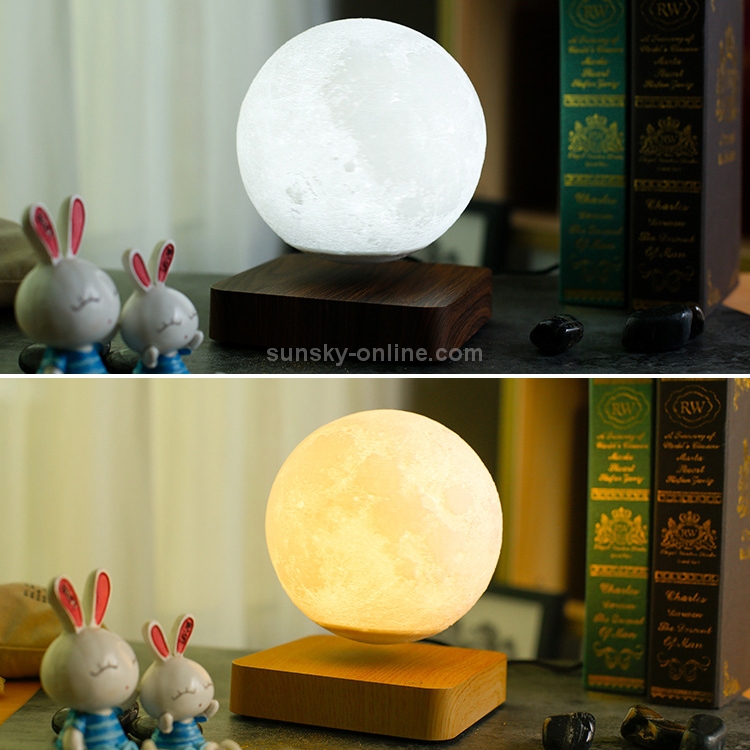 In the project, AI Space Factory will be creating a 3D printed base camp (named LINA) where astronauts and robots will have a place to live and work. This lunar bunker will have the capacity to house an astromobile, telecommunication devices, habitation modules and more. Moreover, it is intended to protect astronauts from radiation, lunar earthquakes, extreme thermal changes, meteorites and will also have a photovoltaic tree to capture solar energy.
In the project, AI Space Factory will be creating a 3D printed base camp (named LINA) where astronauts and robots will have a place to live and work. This lunar bunker will have the capacity to house an astromobile, telecommunication devices, habitation modules and more. Moreover, it is intended to protect astronauts from radiation, lunar earthquakes, extreme thermal changes, meteorites and will also have a photovoltaic tree to capture solar energy.
NASA is aiming to set off in 2028 for this mission which they hope will allow them to make new scientific, technological discoveries to build a lunar economy and importantly explore Mars while maintaining human presence for long periods of time. The material used for the construction of this 3D printed lunar bunker by AI Space Factor was synthesized by NASA’s Granular Mechanics and Regolith Operations Laboratory and later validated in vacuum with static extrusion tests.
LINA (Lunar Infrastructure Asset)
The design of the LINA base has been done by the American company AI Space Factory with the aim of allowing astronauts to stay for long periods of time in the shelter, which will itself be built by autonomous robots. It will consist of three units, each of 75 square meters separated by a common courtyard of 90 square meters. The shelter will be located at the lunar south pole, also known as the “Peak of Eternal Light,” where solar radiation is constant. It will also be possible to collect ice in the shade inside a crater near to the proposed site.
The bunker will have a life expectancy of at least 50 years and will allow for protection from solar and cosmic radiation. Additionally, the lunar regolith by which it will be covered will protect against micrometeorites, lunar earthquakes, radiation and extreme thermal fields. This first prototype is being manufactured at the Kennedy Space Center, where the conditions of the area where the next mission will take place are being reproduced, with temperatures ranging from -170ºC to 70ºC.
Discussing LINA, the AI Space Factory design team commented, “As we expand the horizon of what is possible in the future, LINA is an architectural and technological milestone that sets a precedent for conducting explorations farther out than our moon.” Notably, we can point to the inclusion of regolith, a loose lunar rock which has been generating interest among NASA scientists working on 3D printing as a potential way to build more sustainably once on other planets or satellites like the moon.
Structure of the LINA base
Artemis Mission Phases
This mission has three phases: the first one Artemis I in which by August 2022 mannequins will be sent to pave the way for manned flights. The next phase, Artemis II, scheduled for May 2024, will fly close to the satellite but without landing on it. And finally by 2025 this last stage Artemis III will be the one that will finally transfer humans after the last expedition already 50 years ago. Artemis will also have the honor of being the first time for both a woman and a person of color to set foot on the moon.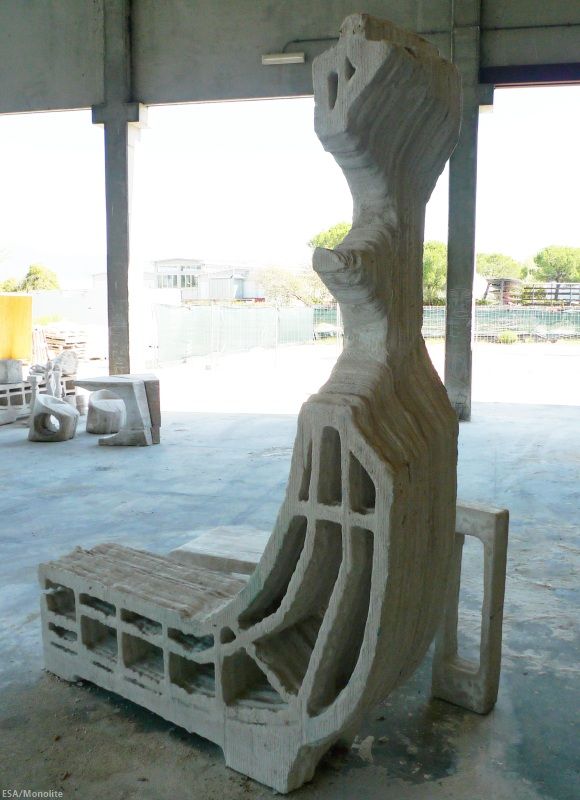 You can learn more about it HERE.
You can learn more about it HERE.
What do you think about LINA? Let us know in a comment below or on our LinkedIn, Facebook, and Twitter pages! Don’t forget to sign up for our free weekly Newsletter here, the latest 3D printing news straight to your inbox! You can also find all our videos on our YouTube channel.
*Cover Photo Credits: AI Space Factory
Moon base 3D printed from lunar soil / Sudo Null IT News It is on such a project that the European Space Agency (ESA) is working in collaboration with renowned architect Norman Foster.
Human colonization of the Moon is no longer a utopian fantasy, but a promising goal. People do not want to build a base on the Moon “for show” - it can bring tangible benefits. The moon also has a variety of minerals, including metals valuable for industry: iron, aluminum, titanium. In the surface layer of soil (regolith), an isotope 9, rare on Earth, has been accumulated0007 helium-3 , which can be used as fuel for advanced thermonuclear reactors.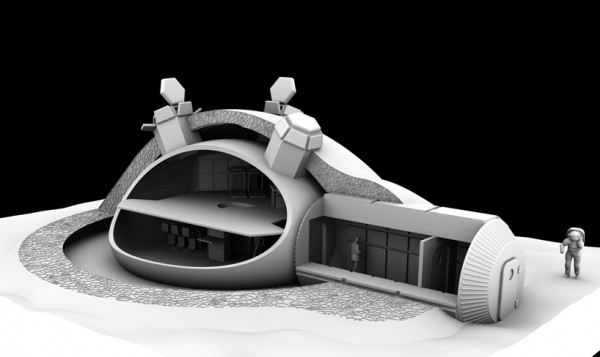 Deep vacuum and the availability of cheap solar energy open new horizons for electronics , foundry , metalworking and materials science . The moon, due to its impressive landscapes and exoticism, would be an attractive object for tourists.
Deep vacuum and the availability of cheap solar energy open new horizons for electronics , foundry , metalworking and materials science . The moon, due to its impressive landscapes and exoticism, would be an attractive object for tourists.
ESA is therefore experimenting with various approaches that could enable construction on our planet's satellite in the future. At this stage, with the help of industrial companies, ESA is developing a project for a 3D lunar base from space soil.
“On Earth, full-fledged structures are already being created using 3D printing. Our fellow industrialists have tried to see if it is possible to build a safe environment for humans on the Moon in a similar way.”Foster + Partners, led by renowned architect Norman Foster, creator of London's famous Gherkin skyscraper and other buildings, has proposed hinged "domes" as a supporting structure. The special structure of their walls will protect the inhabitants from micrometeorites and cosmic radiation.
The astronauts will live inside the dome, in an inflatable "cocoon". The hollow structure, reminiscent of the bones of birds, should be a good compromise between strength and lightness. The base model is designed for 3D printing from a one and a half ton bar of lunar soil.
“3D printing could potentially enable the construction of a lunar settlement without massive supplies of materials from Earth.
The new possibilities this idea opens up can be taken into account by the international space agencies in the context of their own lunar exploration projects.”added Scott Hovland, ESA's manned flight manager.
“On Earth, we have already adapted to building in extreme conditions and have learned to take advantage of a particular environment, focusing on local natural materials. We are guided by the same logic in the lunar project”explains Xavier de Questellier of Foster + Partners.
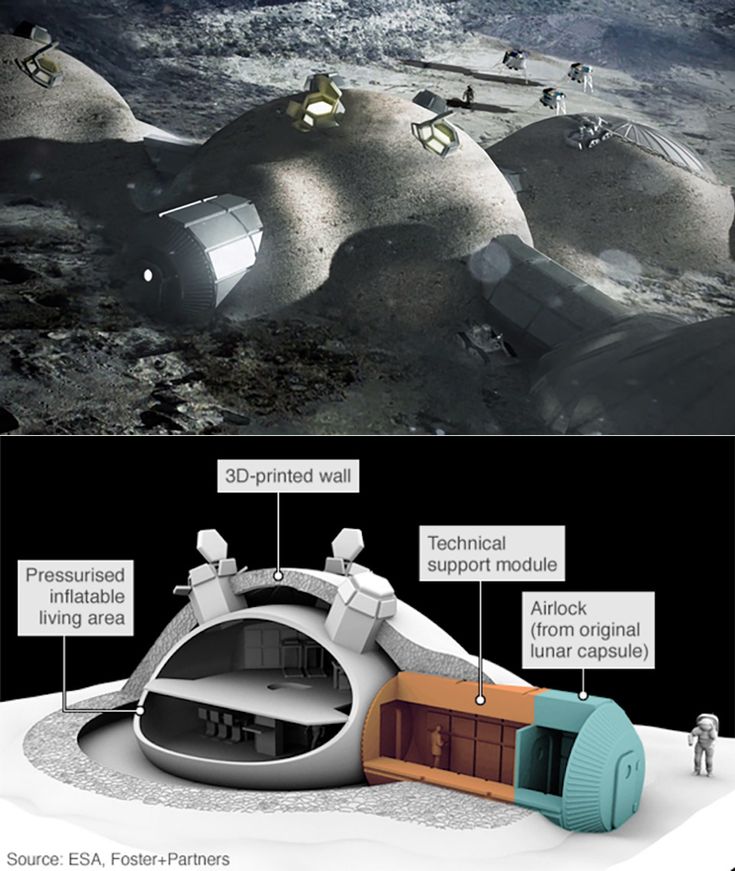
Lunar Base 3D PrinterThe D-Shape printer that prints the base has a 6 meter frame nozzle array that sprays an adhesive solution onto the sand-like building material. 3D prints are made in layers. Monolite is now using it on artificial coral reefs to create protection against the destruction of powerful sea waves.
“We first mixed our model lunar soil with magnesium oxide. This is the “paper” that we can print on. Then we apply our "ink" - a special saline solution that holds the "paper" together into a solid structure.
Right now our printer is printing at about two meters per hour, but the next generation printer will already be able to reach 3.5 meters per hour, so the whole building can be completed in a week.”Enrico Dini, founder of Monolite, explains.
The adaptation of the "terrestrial" printer to space work was carried out by the Italian space company Alta SpA in collaboration with the technical university Scuola Superiore Sant'Anna in Pisa.
Particular attention was paid to the peculiarities of working in a vacuum: after all, under these conditions, the liquid will instantly boil.
“To avoid this, we place nozzles under the regolith layer. We have found that 2mm droplets are successfully retained in it by capillary forces, so the printing process can take place in a vacuum.”, explained Giovanni Cesaretti, Alta employee.
An interesting side result of the work was the discovery of a source of "lunar" soil in Europe. In general, regolith is produced and sold by specialized companies in kilogram quantities, but this project needs tons of it.
The solution was found in the Apennines. The basalt rock of a dormant volcano in central Italy was 99.8% identical to the lunar soil.
The validation of the concept itself has now been completed, further work is still ahead. Other threats must be taken into account: lunar dust dangerous for people to inhale, the temperature features of the Moon.
3D printing works well at room temperature, but due to the absence of an atmosphere on the moon, the difference between night and day temperatures is very large. Only the poles differ in a more “mild” climate.
it will be printed on a 3D printer (photo)
The new lunar base will consist of several parts and will be able to last at least 50 years.
Related video
The American company AI SpaceFactory has developed a new project for a base on the Moon especially for NASA. It consists of three domed structures with a "courtyard". This design will be created on the Earth's satellite using 3D printing, and it will be possible to create several such bases at the same time, reports the Daily Mail.
According to the design of the developers, the new lunar base, called LINA, will consist of three blocks, each of which will have an area of 75 sq.m. They will be interconnected around a central area of 90 sq.m. This design, according to the developers, will be printed using a yet-to-be-created space 3D printing system that can work in vacuum at temperatures from -170 ° C to -70 degrees Celsius.
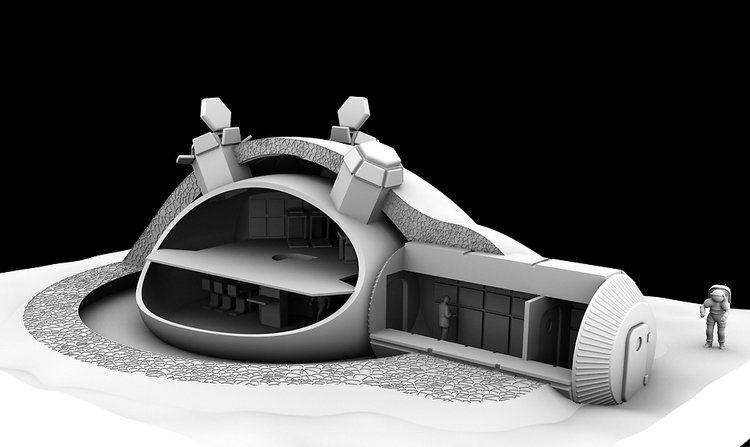
According to the developers' project, the new lunar base, called LINA, will consist of three blocks, each of which will have an area of 75 sq.m.
Photo: Daily Mail
This project of the lunar base was created by the AI SpaceFactory company together with NASA, and already the first prototype of this base is being tested at the Kennedy Space Center in a special room in which the same environmental conditions are created as at the south pole of the moon.
This project of the lunar base was created by the AI SpaceFactory company together with NASA, and the first prototype of this base is already being tested at the Kennedy Space Center
Photo: Daily Mail
The project involves covering the surface of the base with a two-meter layer of lunar regolith, which will improve the protection of the base from meteorites, cosmic and solar radiation.
Also, the base will be a reliable shelter for the astronauts, which will protect them from seismic activity on the moon, the so-called moonquakes and extreme temperature changes.
The project involves covering the surface of the base with a two-meter layer of lunar regolith, which will improve the protection of the base from meteorites, cosmic and solar radiation.
Photo: Daily Mail
Also, according to the project, a special tower will be placed at the base, which will collect and accumulate solar energy. Inside the base will be located scientific laboratories, residential modules, a communications center, and it will also be possible to hide a lunar rover here, which will be used by astronauts to move around the surface of the moon.
Inside the base will be located scientific laboratories, residential modules, a communications center
Photo: Daily Mail
NASA plans to re-landing a man on the Moon at the satellite's South Pole as early as 2025.
The space agency said in a statement that the LINA lunar base will be built using autonomous robots near Shackleton Crater. The base itself is designed to ensure the long-term presence of astronauts on the Moon by the end of this decade.
The space agency said in a statement that the LINA lunar base will be built using autonomous robots near Shackleton Crater.
Photo: Daily Mail
The creators of the lunar base project believe that it will be possible to mark several such structures at the same time. And most importantly, similar structures can be created on other planets, for example, on Mars. According to the developers, this base will be able to serve on the Moon for at least 50 years.
NASA originally planned to return a man to the moon, for the first time since 1972, as early as 2024.
Now the agency says that this mission will become a reality no earlier than 2025.
Photo: NASA
NASA originally planned to return a man to the moon, for the first time since 1972, as early as 2024. Now the agency says that this mission will not become a reality until 2025. The very space program for the exploration of the moon is called Artemis and consists of three stages. Already in August 2022, a new Space Launch System rocket should go flying around the moon. Two years later, the same rocket will send the crew on the Orion spacecraft flying around the moon. And only at the third stage of the program will a man land on the Earth's satellite.
We remind you that NASA also plans to create a new space outpost by the end of 2024. It will be a lunar orbital station called Gateway. With its help, astronauts will land on the moon, and flights to Mars will also be carried out.
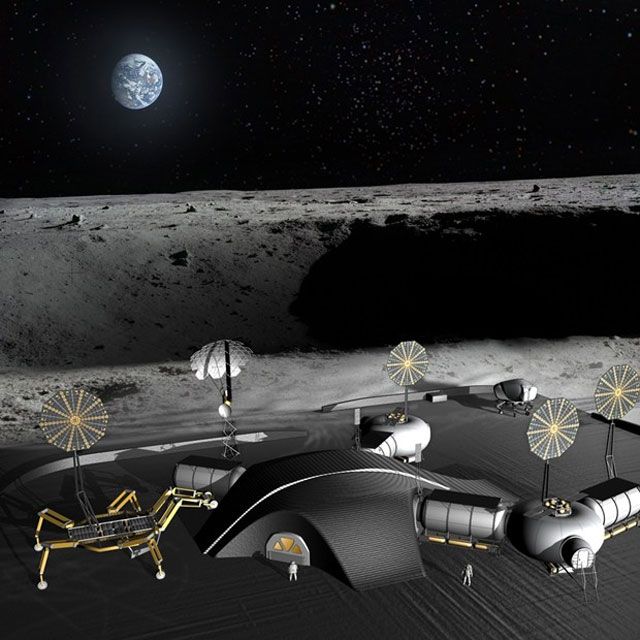
Learn more



